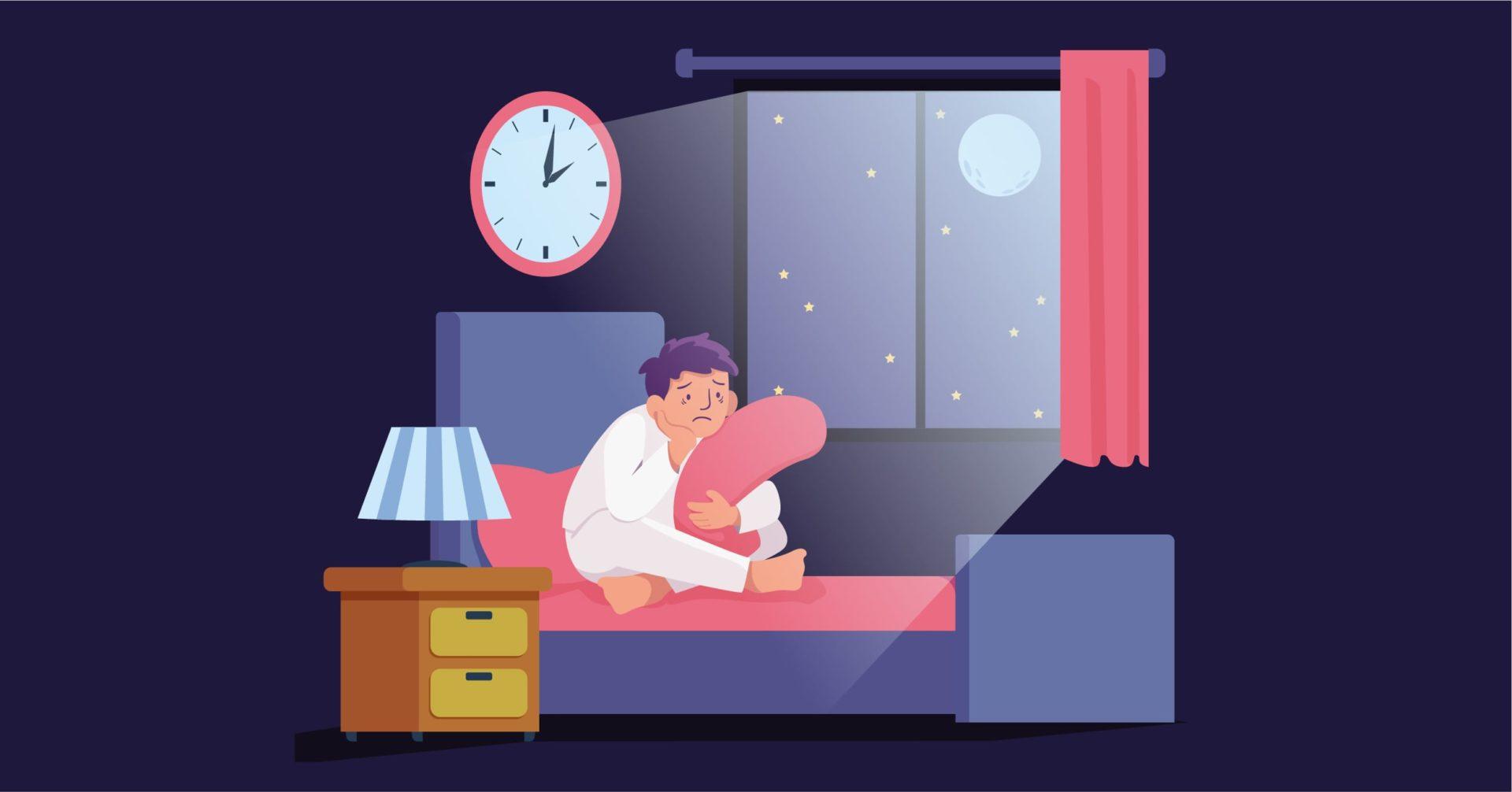Overview
Cyclothymic Disorder is a mood disorder, characterized by shifts between episodes of depressive and hypomanic symptoms, the severity of which do not meet that of Bipolar Disorder.
The complex nature of the symptomatology may be grounds for misdiagnosis, and the early onset and persistent course may be confused with personality disorders. Substance use disorders are common comorbidities, but not considered to be causative factors.
Attention-deficit Hyperactivity Disorder may be a common comorbidity in children diagnosed with Cyclothymic Disorder in outpatient psychiatric settings.
While there is no sex-based preponderance in the prevalence of Cyclothymic Disorder, clinical settings often observe a higher incidence of women seeking treatment for the disorder. Treatment paths for the disorder include psychoeducation, psychotherapy, as well as medication.
Signs and Symptoms
Cyclothymic Disorder is marked by a cyclic shift between depressive symptoms and hypomanic symptoms.
Symptoms of hypomania include:
- States of euphoria, or extreme happiness
- Feeling “high” because of happiness
- Being more outgoing than usual
- Inflated self-esteem
- Being impulsive
- Rapid speech and talking more than usual
- Rapid flow of thought
- Being lax in terms of spending money
- Having high energy levels even on a few hours of sleep
- Feeling creative and being productive
- Being hypersexual
Symptoms of depressive episodes include:
- Loss of energy
- Loss of interest in activities that are normally of interest
- Feeling slowed down
- Increased crying spells
- Sudden loss or gain of appetite
- Disruption in sleeping patterns, such as not being able to sleep or sleeping too much
- Inability to pay attention
- Feelings of guilt
- Negative thoughts towards self (For example, “Everyone would be better off without me”)
- Suicidal thoughts or thoughts of self-harm
- Anger or irritability
Risk Factors
Cyclothymic Disorder is considered to occur proportionately in males and females. The prevalence of the disorder is higher in mood disorder clinics than in the general population, and in such scenarios it may be more likely for women to seek treatment than men.
The occurrence of the disorder is commonly seen in the youth, and in a substantial number of cases, Cyclothymic Disorder in childhood may lead to a major mood disorder in adulthood.
Causative factors of the disorder include genetic components, with a high risk of mood disorders among first-degree relatives of individuals who have Cyclothymic Disorder. Imbalances in the regulation of neurotransmitters is also a considered correlate.
The significance of environmental factors in the development of Cyclothymic Disorder is noteworthy, such as experiencing or witnessing traumatic events. The interaction of external factors with mood reactivity or instability is a major component of the disorder.
Diagnosis
The use of diagnostic criteria along with laboratory tests in order to rule out any biological disturbances. The current diagnostic criteria for Cyclothymic Disorder focus largely on episodes of irregular mood, manifested as alternating between hypomanic and depressive symptoms. According to the DSM-5:
- Hypomanic symptoms that do not meet the threshold for hypomanic episode and depressive symptoms that do not meet the threshold for a major depressive episode are present for at least 2 years (1 year in children and adolescents)
- Depressive symptoms have been present for at least half the time, and there has not been a period of more than 2 months without the manifestation of any symptoms
- Diagnostic criteria have never been met for manic, hypomanic, or depressive episodes
These symptoms are not better explained by schizoaffective disorder, schizophrenia, schizophreniform disorder, delusional disorder, or any other disorder on the schizophrenia spectrum or psychotic disorder, and are not attributable to other medical conditions, medication or substance use.
Cyclothymic Disorder is rarely diagnosed, and often diagnosed many years after the first onset of symptoms. The effectiveness of diagnostic criteria in the DSM-5 have been questioned, with recent literature suggesting that a broader approach based on temperament, including factors such as over-reaction to stimuli, may show efficacy in enabling earlier recognition.
High comorbidities of Cyclothymic Disorder can include substance abuse, anxiety, impulse control, eating disorders, and attention-deficit/hyperactivity disorder in youth.
Treatment
The treatment approaches for Cyclothymic Disorder are mainly concerned with interventions including psychoeducation, medication, and counselling.
Medication usually takes the form of mood stabilizing agents, targeting symptomatology. The use of antidepressants is carried out sparingly, as it is possible that they may worsen symptoms. In severe cases, antipsychotics may be utilized.
Psychoeducation is effective in highlighting the need for managing symptoms through medication and helping patients understand the consequences of maladaptive behavior caused by symptoms. It can also increase their faith in the healthcare provider as well as increase their own acceptance of the illness. Cognitive behavioral therapy has been the most effective form of psychotherapy in cyclothymic settings.
Differential Diagnosis
1. Bipolar and related disorder due to another medical condition and depressive disorder due to another medical condition:
The diagnosis of bipolar and related disorder due to another medical condition or depressive disorder due to another medical condition is made when the mood disturbance is diagnosed in case of physiological effect of a specific, chronic medical condition. This is diagnosed based on the history, physical examination, or laboratory findings. If it is established that the hypomanic and depressive symptoms are not the physiological consequences of the medical conditions, then cyclothymic disorder is diagnosed.
2. Substance/medication-induced bipolar and related disorder and substance/medication- induced depressive disorder:
Substance/medication-induced bipolar and related disorder and substance/medication-induced depressive disorder are distinguished from cyclothymic disorder by the judgment that a substance/medication (especially stimulants) is related to mood disturbance. The frequent mood swings in these disorders usually reduce after cessation of substance/medication use.
3. Bipolar I disorder, with rapid cycling, and bipolar II disorder, with rapid cycling:
Both disorders may resemble cyclothymic disorder because of the frequent shifts in the mood. By definition, in cyclothymic disorder the criteria for a major depressive, manic, or hypomania episode has never been met, whereas in bipolar I disorder and bipolar II, the disorder specifier “with rapid cycling” requires that full mood episodes be present.
4. Borderline personality disorder:
Borderline personality disorder is associated with marked shifts in mood that may suggest cyclothymic disorder. If the criteria are met for both disorders, both borderline personality disorder and cyclothymic disorder may be diagnosed.
Comorbidity
Cyclothymic disorder is highly comorbid with substance use disorder and sleep disorders in the case of adults. For children, cyclothymic disorder is seen to pair with ADHD.
Specialists
Individuals are more likely to approach therapists with depressive symptoms manifested by Cyclothymic Disorder. Psychiatrists and clinical psychologists can provide necessary diagnostic and treatment related assistance.
In Conclusion
There is no assured way or treatment that can guarantee recovery from Cyclothymic Disorder, but early diagnosis and treatment can help prevent the gradual development of Cyclothymic disorder into Bipolar I and Bipolar II disorders. Personalized therapy will help in reducing episodes of extreme negative emotions like depression, and stress, and also extreme Hypomanic symptoms like inflated self-esteem, extreme optimism, and excessive and restless physical activity.
As this disorder displays less severe symptoms, therapy and behavioral therapy will avoid relapse in the future.
Book your session with our experts.





